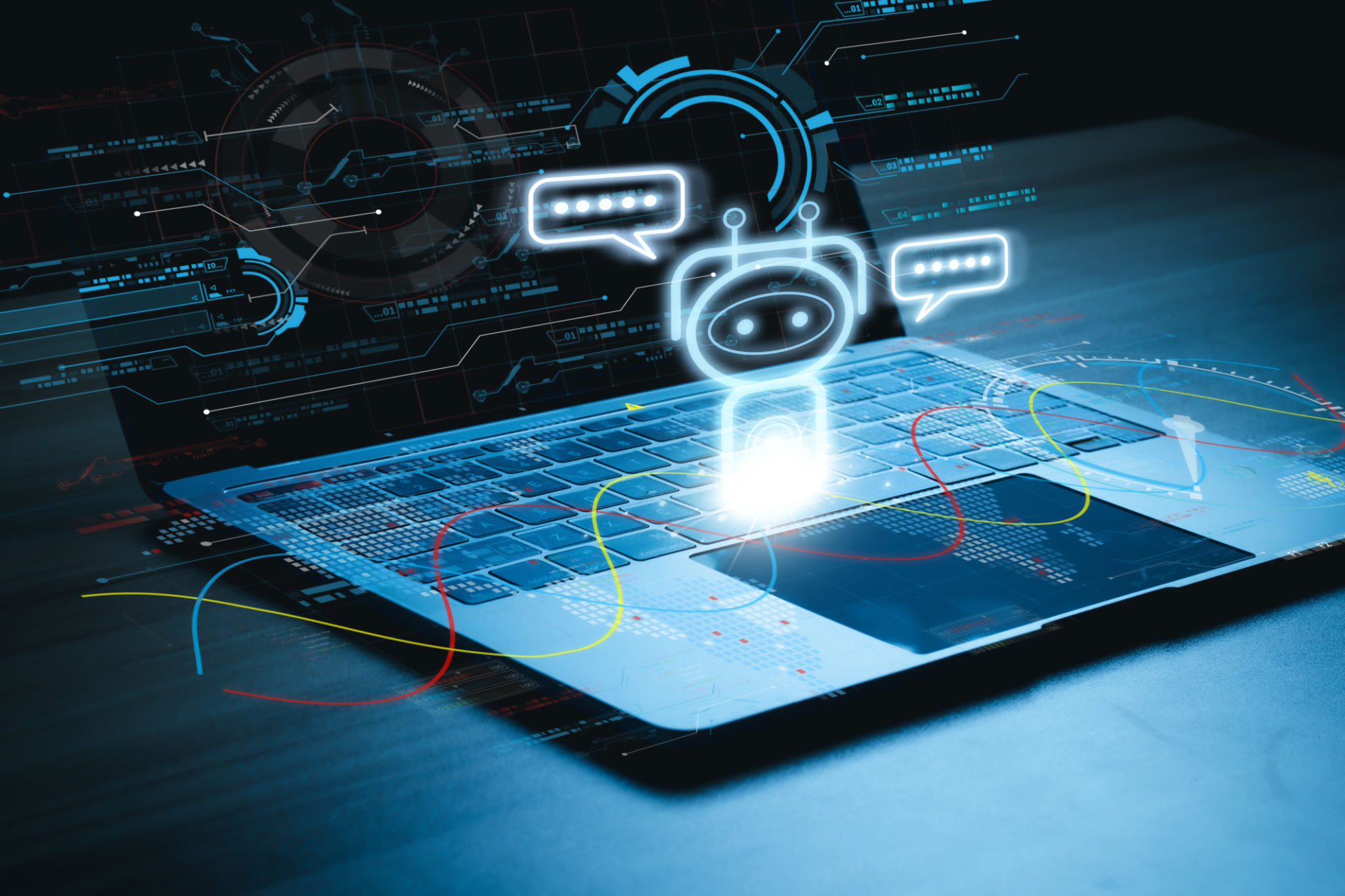Common Misconceptions About AI-Powered Chatbots Debunked
Introduction to AI-Powered Chatbots
Artificial Intelligence has revolutionized the way businesses interact with their customers, and AI-powered chatbots are at the forefront of this transformation. Despite their growing popularity, there are still many misconceptions about what these chatbots can and cannot do. In this post, we aim to debunk some of the most common myths associated with AI-powered chatbots.

Misconception 1: Chatbots Lack Personalization
One of the most prevalent misconceptions is that chatbots cannot provide personalized experiences. In reality, AI-powered chatbots are highly capable of delivering tailored interactions based on user data and behavior. By leveraging machine learning algorithms, these chatbots can learn from past interactions and continuously improve their responses, creating a more personalized experience for each user.
How Chatbots Achieve Personalization
Chatbots achieve personalization through data analysis and integration with customer relationship management (CRM) systems. They can access user profiles, purchase history, and preferences to offer relevant suggestions and assistance. This capability not only enhances user satisfaction but also increases the efficiency of customer service operations.

Misconception 2: Chatbots Are Only Suitable for Simple Queries
Another common myth is that chatbots can only handle basic inquiries and are not equipped to deal with complex issues. This belief underestimates the advanced capabilities of modern AI-powered chatbots. Thanks to natural language processing (NLP) and deep learning, these chatbots can understand and respond to a wide range of queries, including intricate questions that require detailed answers.
Advanced Problem-Solving Abilities
AI-powered chatbots are designed to handle complex problem-solving tasks by accessing vast databases of information and utilizing sophisticated algorithms to process and analyze data. They can guide users through troubleshooting processes, provide in-depth product information, and even assist in decision-making processes.

Misconception 3: Chatbots Will Replace Human Jobs
There is a widespread fear that AI-powered chatbots will replace human jobs, particularly in customer service roles. However, this is not the case. Rather than eliminating jobs, chatbots are designed to enhance human productivity by taking over repetitive tasks, allowing employees to focus on more strategic and creative responsibilities.
The Role of Chatbots in Workforce Enhancement
Chatbots serve as an extension of the human workforce, offering support during peak times and handling routine inquiries. This collaboration allows businesses to maintain high levels of customer service without overburdening their staff. By automating simple tasks, employees can dedicate more time to complex problem-solving and building stronger customer relationships.

Conclusion
AI-powered chatbots are a valuable asset for businesses looking to improve their customer service operations. By debunking these common misconceptions, it becomes clear that chatbots offer personalized experiences, can handle complex queries, and support rather than replace human workers. As technology continues to evolve, AI-powered chatbots will only become more integral to successful business strategies.
